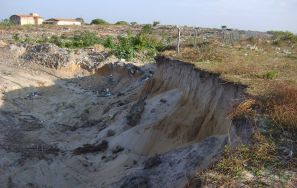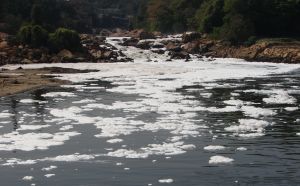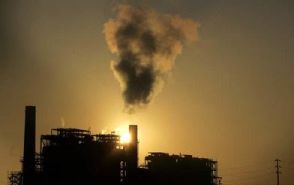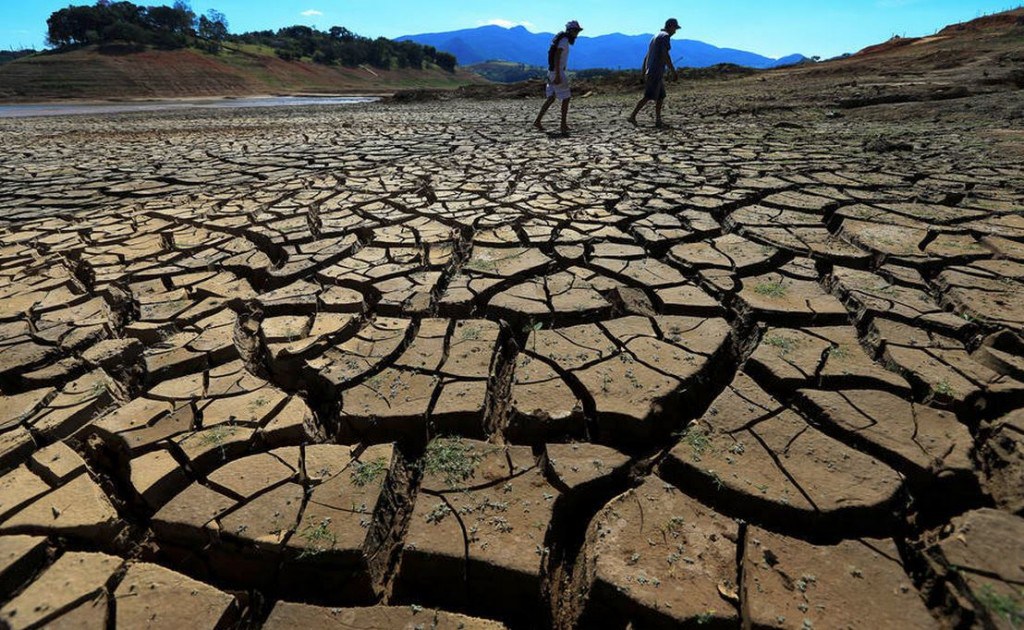Cost Assessment of Water Degradation (CAWD) In Selected Southern Mediterranean Countries
Clearing the Waters. A focus on water quality solutions
Nancy Ross - UNEP (2010)
Clean, safe, and adequate freshwater is vital to the survival of all living organisms and the smooth functioning of ecosystems, communities, and economies. But the quality of the world’s water is increasingly threatened as human populations grow, industrial and agricultural activities expand, and as climate change threatens to cause major alterations of the hydrologic cycle.
Effective solutions to water quality challenges exist and have been implemented in a number of places. It is time for a global focus on protecting and improving the quality of the world’s freshwater resources. There are three fundamental solutions to water quality problems: (1) prevent pollution; (2) treat polluted water; and (3) restore ecosystems
Afrontar la escasez de agua
FAO, 2013
- Escasez de agua: acuerdo sobre las definiciones clave.
- Conceptualización de la escasez de agua de forma que tenga sentido para el desarrollo de políticas y la toma de decisiones.
- Cuantificación de la escasez de agua.
- Opciones políticas y técnicas de respuesta para garantizar la seguridad alimentaria en condiciones de escasez de agua.
- Criterios y principios que deberían usarse para establecer las acciones prioritarias de respuesta a la escasez de agua para la agricultura y para asegurar estrategias que la afronten de forma efectiva y eficiente.
Big Cities. Big Water. Big Challenges. Water in Urbanization World
WWF, 2011
The growth of the earth’s urban population and areas continues as a major demographic trend; it is projected that 70 % of the world’s population will live in urban areas by 2050. Urban growth today is most rapid in developing countries, where cities gain an average of 5 million residents each month. Megacities and metacities – defined by UN Habitat as cities with more than 10 million inhabitants or 20 million inhabitants respectively – are gaining ground in Asia, Latin America and Africa.
In most developing countries, urban growth is inextricably linked with slum expansion and poverty; in 2000, nearly one third of the world’s urban dwellers lived in slums. As city infrastructure cannot keep pace with massive urban growth, many people are left without adequate access to drinking water and sanitation.
Valoración Económica de la Calidad del Agua de la Cuenca Alta del Río Campoalegre, Colombia
María Adelaida Fernández (Instituto von Humboldt, 2006)
Este trabajo tiene como objetivo estimar el valor económico de la calidad del agua de la cuenca alta del río Campoalegre, dentro del área de influencia del parque municipal natural que lleva su mismo nombre, a través de la metodología de “función de daño”.
Assessing the Economic Costs of Water Pollution in the Yangtze River, China
XiaoLi Zhang (Journal of Ocean and Coastal Economics, 2014)
As water resources are increasingly exploited, pollution of the aquatic environment in the Yangtze River basin has grown more serious. Areas along the river are densely populated and have highly developed economies. The river suffers from great quantities of pollutants, and the surface water is severely polluted. According to the China Marine Environment Quality Bulletin, from 2004 to 2012, the Yangtze River is the East China Sea’s greatest source of pollution.
There are many factors leading to the deterioration of the aquatic environment in the Yangtze River basin. Studies have shown that the lack of rigorous organizational mechanisms, a large number of construction projects and the discharge of waste water without treatment both within the boundary and across the boundary are the main factors causing the pollution.
Economic evaluation and priority setting in water and sanitation interventions
Guy Hutton (Water Quality: Guidelines, Standards and Health, 2001)
There is always a need to weigh up costs against benefits and in doing so one of the more difficult problems is to come up with a monetary measure for different benefits. This chapter examines some of the instruments available to guide priority-setting and their use in assessing water and sanitation interventions.
Evaluación Económica del Daño Ambiental en los sectores Canal Batán, Barra del Pacuare, Laguna Madre de Dios y Santa Marta, Costa Rica
Instituto de Políticas para la Sostenibilidad, 2004
En el presente caso, se analiza el daño ambiental debido a una contaminación ocurrida en los Sectores Canal Batán, Barra del Pacuare, Lagunas Madre De Dios y Santa Marta (Moín, Limón), en enero del 2003.
Para llegar a los resultados esperados se aplicó la metodología de evaluación de daño ambiental desarrollada por Barrantes y Di Mare (2002), donde se establecen las principales variables a evaluar. Para la aplicación de la metodología se utilizó la información existente en literatura y estudios sobre la zona, conversación con expertos y la información generada mediante la realización de un Taller de Consulta con expertos (profesionales y habitantes locales) con amplio conocimiento sobre la zona afectada.




